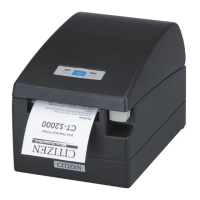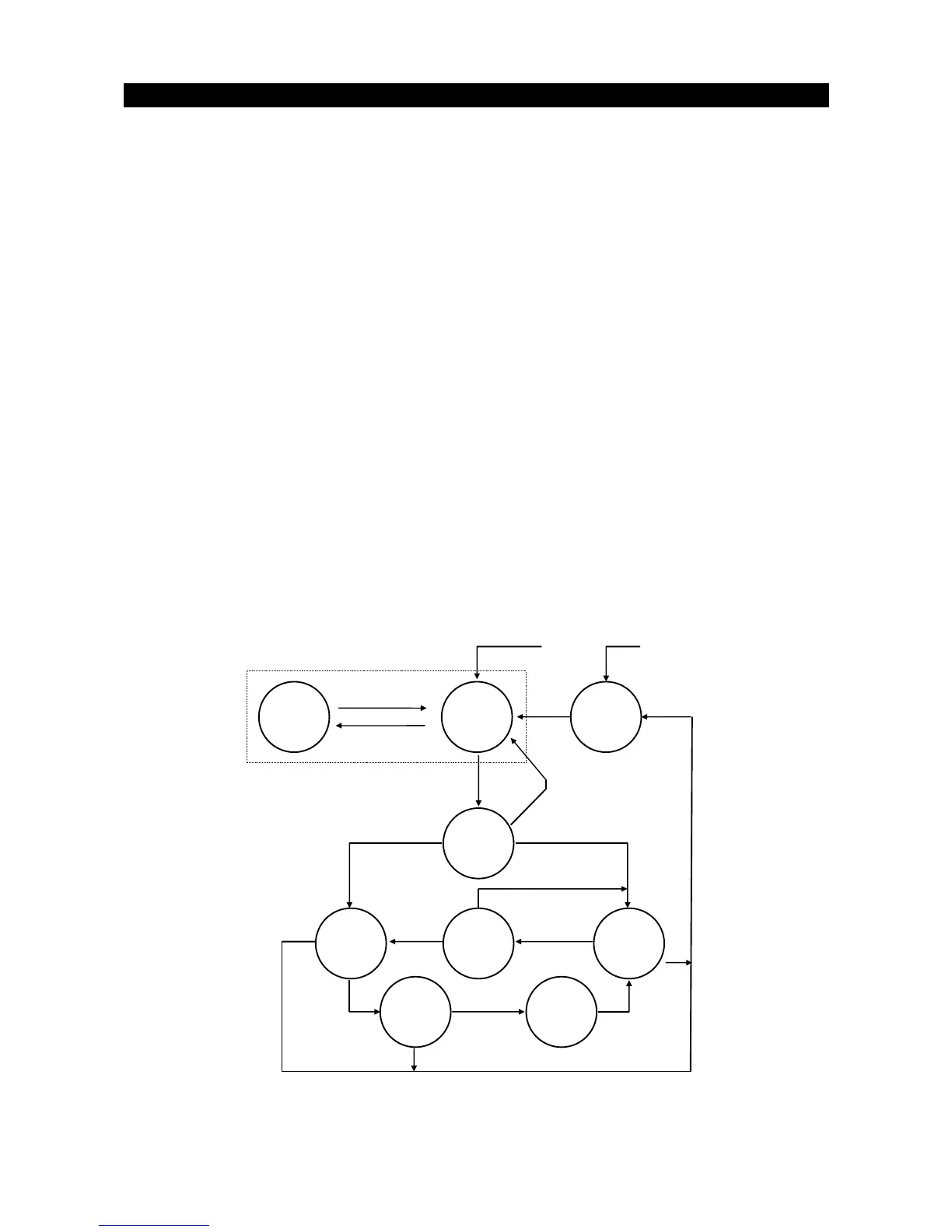- 169 -
4.2 Bidirectional Parallel Interface
Overview
The interface of the printer is a Level-1 compatible device according to IEEE-P1284. It supports the
communication modes described in 4.2.1 below.
4.2.1 Parallel Interface Communication Mode
The parallel interface of the printer provides three communication modes as outlined below. When the
printer is turned on or reset, it defaults to Compatibility mode.
• Compatibility Mode
Data is transmitted from the host to the printer in units of one byte. Usually, this mode is used for data
transmission. You may switch to the other modes from Compatibility mode.
• Nibble Mode
Data is transmitted from the printer to the host in units of four bits. The data transmission from the printer
uses a status signal line. To send one byte of data in this mode, two sets of four-bit data are sent
consecutively.
• Byte Mode
Data is transmitted from the printer to the host in units of one byte. Data transmission from the printer
uses an 8-bit data signal line. For Byte mode, the host must be capable of toggling the signal direction over
the 8-bit data signal line. Communication from the host to the printer is called Forward mode, while
communication from the printer to the host is called Reverse mode.
4.2.2 Interfacing Phases
Interfacing in each communication mode is divided into several phases. In addition, there is a phase for
mode initialization, as well as a phase for mode switching. Interface signals may differ in name and function
for different modes and different phases.
Aborted
Transfe

